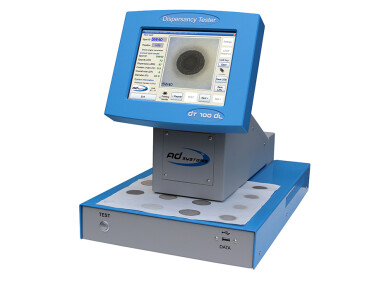Oil analysis
How is Chemometrics Used for Oil Analysis?
May 23 2022
Complex and interdisciplinary, chemometrics is used across a range of sectors and industries, including oil analysis. Combining mathematics-driven statistics and chemical analysis, the discipline is used to unlock valuable information about the chemical composition of oil, physical properties and other parameters.
Defining chemometrics
In an article written by Dr. Grant Webster, chemometrics is defined as “the science of extracting information from chemical systems and applied to both descriptive and predictive problems in fields such as chemistry, biochemistry, life science, bioscience, biophysics, medicine, biology, and chemical engineering.”
Oil analysis is one of many fields where chemometrics data is used to make smarter, more strategic decisions. The field is quickly growing, with several seminars at the upcoming PEFTEC conference focussing on chemometrics. Want to know more? Below, we take a closer look at how chemometrics is used for oil analysis and some of the different applications.
Assessing reservoir quality
Insight into the potential productivity of reservoirs is critical to the oil exploration sector. It’s not unusual for wells in the same region to offer drastically different yields, which makes assessing reservoir quality an important stage of exploration. In a recent study published in the Journal of Petroleum Science and Engineering, the authors explain how chemometrics is used to “fingerprint” oil and characterise reservoirs.
“A correlation between oil saturation and productivity was established in the sense that the more mature and thus less viscous oil seem to have charged certain favourably placed reservoir sections first; these locations coincide with the location of the 5 wells in question,” reads the article.
Oil spill emergency response
Oil spills can have a devastating impact on the natural environment and when it comes to clean up efforts, timing is everything. In the peer-reviewed journal Science of the Total Environment, the authors introduce Fourier-Transform Infrared Spectroscopy (FTIR) coupled with chemometrics as a high-throughput screening method for characterising oil spills.
“Chemometrics provides large numbers of multivariate analysis tools that allow for more extensive use of data,” reads the article.
Forensic chemists can use this data to track the source of the spill and hold the correct party responsible. Chemometrics data is also used to map the unique physical and chemical properties of the spilled oil and predict how it will behave in the natural environment. This knowledge helps environmental scientists and emergency response teams develop effective clean-up strategies.
An interdisciplinary approach to oil analysis
Chemometrics relies on a variety of different techniques to extract data, including Fourier-Transform Infrared Spectroscopy (FTIR). Find out more about other complementary techniques, such as Gas Chromatography (GC), Near Infrared (NIR) Analysis and Time of Flight Mass Spectrometry (TOF) in our complete guide, ‘Which Instruments & Techniques Are Used for Fuel, Petrochemical & Oil Analysis?’
Digital Edition
PIN 26.1 Feb/Mar 2025
March 2025
Analytical Instrumentation - Elemental Analysis for Quality and Process Control at Refineries, for Lubricants and Wear Metals in Engine Oils - Synthetic Lubricants: New Developments - Scaling...
View all digital editions
Events
Apr 08 2025 Birmingham, UK
Apr 08 2025 Kielce, Poland
Apr 08 2025 Ravenna, Italy
Apr 08 2025 Southampton, UK
Apr 08 2025 London, UK

.jpg)

















